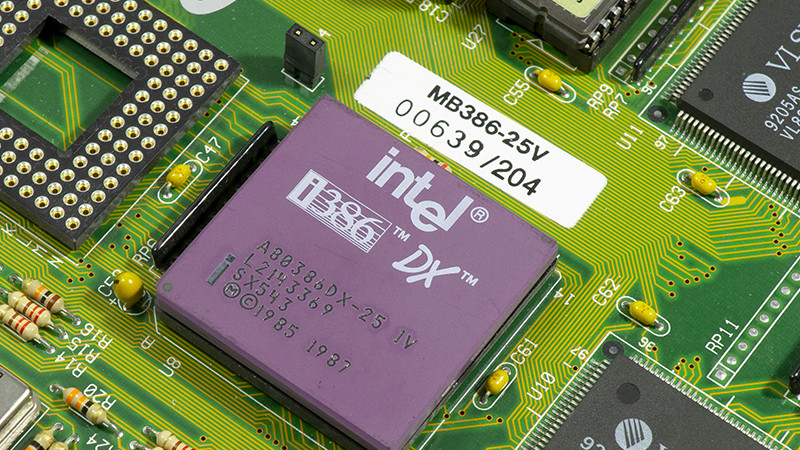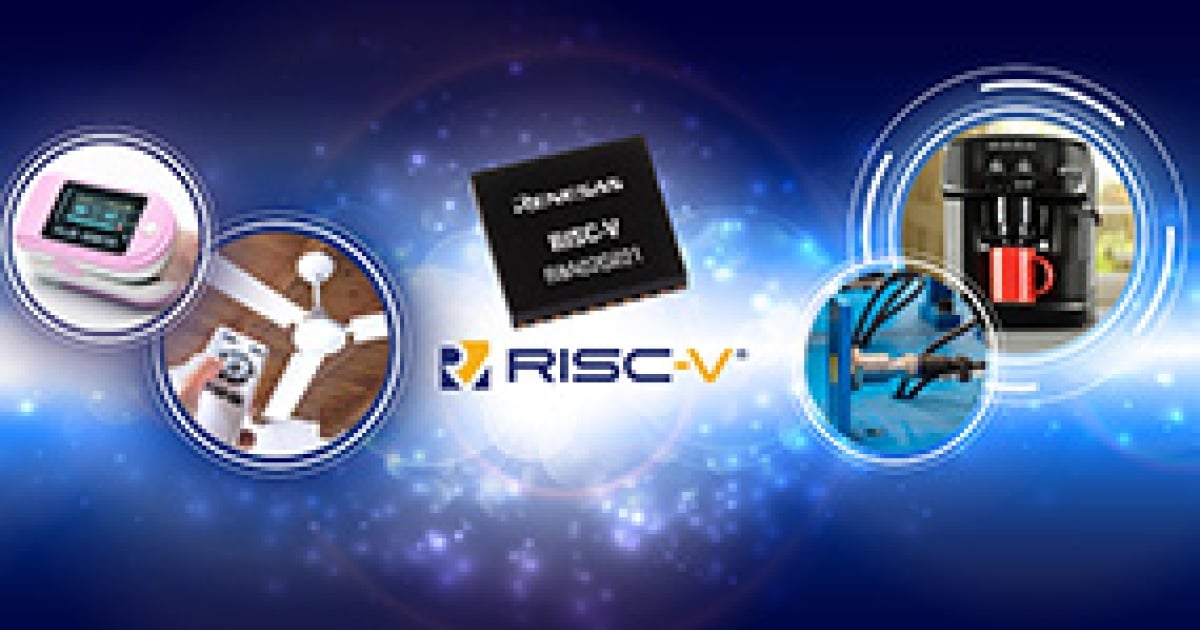
Where Are All The Cheap X86 Single Board PCs?
If we were to think of a retrocomputer, the chances are we might have something from the classic 8-bit days or maybe a game console spring to mind. It’s almost a shock to see mundane desktop PCs of the DOS and Pentium era join them, but those machines now form an important way to play DOS and Windows 95 games which are unsuited to more modern operating systems. For those who wish to play the games on appropriate hardware without a grubby beige mini-tower and a huge CRT monitor, there’s even the option to buy one of these machines new: in the form of a much more svelte Pentium-based PC104 industrial PC.
Having a small diversion into the world of PC104 boards after a recent Hackaday piece it was first fascinating to see what 486 and Pentium-class processors and systems-on-chip are still being manufactured, but also surprising to find just how expensive the boards containing them can be. When an unexceptional Linux-capable ARM-based SBC can be had for under $10 it poses a question: why are there very few corresponding x86 boards with SoCs giving us the commoditised PC hardware we’re used to running our mainstream distributions on? The answer lies as much in the story of what ARM got right as it does in whether x86 processors had it in them for such boards to have happened.
Imagine for a minute an alternative timeline for the last three decades. It’s our timeline so the network never canned Firefly, but more importantly, the timeline of microprocessor evolution took a different turn as ARM was never spun out from Acorn and its architecture languished as an interesting niche processor found only in Acorn’s Archimedes line. In this late 1990s parallel universe without ARM, what happened next?












/cdn.vox-cdn.com/uploads/chorus_asset/file/24987916/Mark_Zuckerberg_Meta_AI_assistant.jpg)




